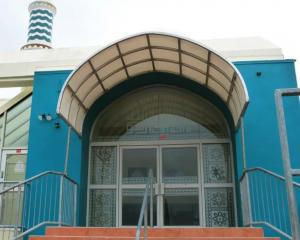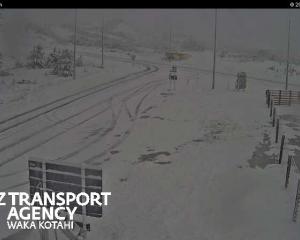Dr Gorman is a senior lecturer in the University of Otago geology department and co-ordinates a university course on geological hazards, including those caused by earthquakes.
The biggest fear about earthquake hazards in the Wellington area involves the so-called ''Big One'', another major quake like the 1855 Wairarapa earthquake that occurred on a fault north and east of the capital.
That quake, of about magnitude 8.2, caused vertical movements of 2m-3m over a large area, including lifting a big area of land out of Wellington harbour.
Dr Gorman said Sunday evening's 6.5 magnitude quake, centred off Seddon, in Marlborough, had apparently involved the Marlborough fault system, and not directly the main faults running through Wellington.
The Wellington quakes did not make future earthquake activity near Dunedin more likely, but were ''a reminder of what might happen'' in the South, he said.
Dunedin inhabitants had apparently not felt the quake near Marlborough on Sunday, but a GeoNet seismograph located on the Otago Peninsula had recorded about nine minutes of intense activity.
Dunedin had escaped the physical damage caused by the Canterbury quakes, but Dr Gorman said the presence of several fault lines close to Dunedin, including the Akatore fault line, close to the coast, and the Maungatua fault, showed there was no room for complacency about Dunedin's own earthquake risk.
In April 1974, a 4.9 magnitude earthquake struck about 10km off the Dunedin coast, causing about $250,000 damage.
Researchers had long assessed the underlying earthquake risk of Christchurch and Wellington as, respectively, about twice and 10 times that of Dunedin, because of their proximity to major fault systems, he said.












